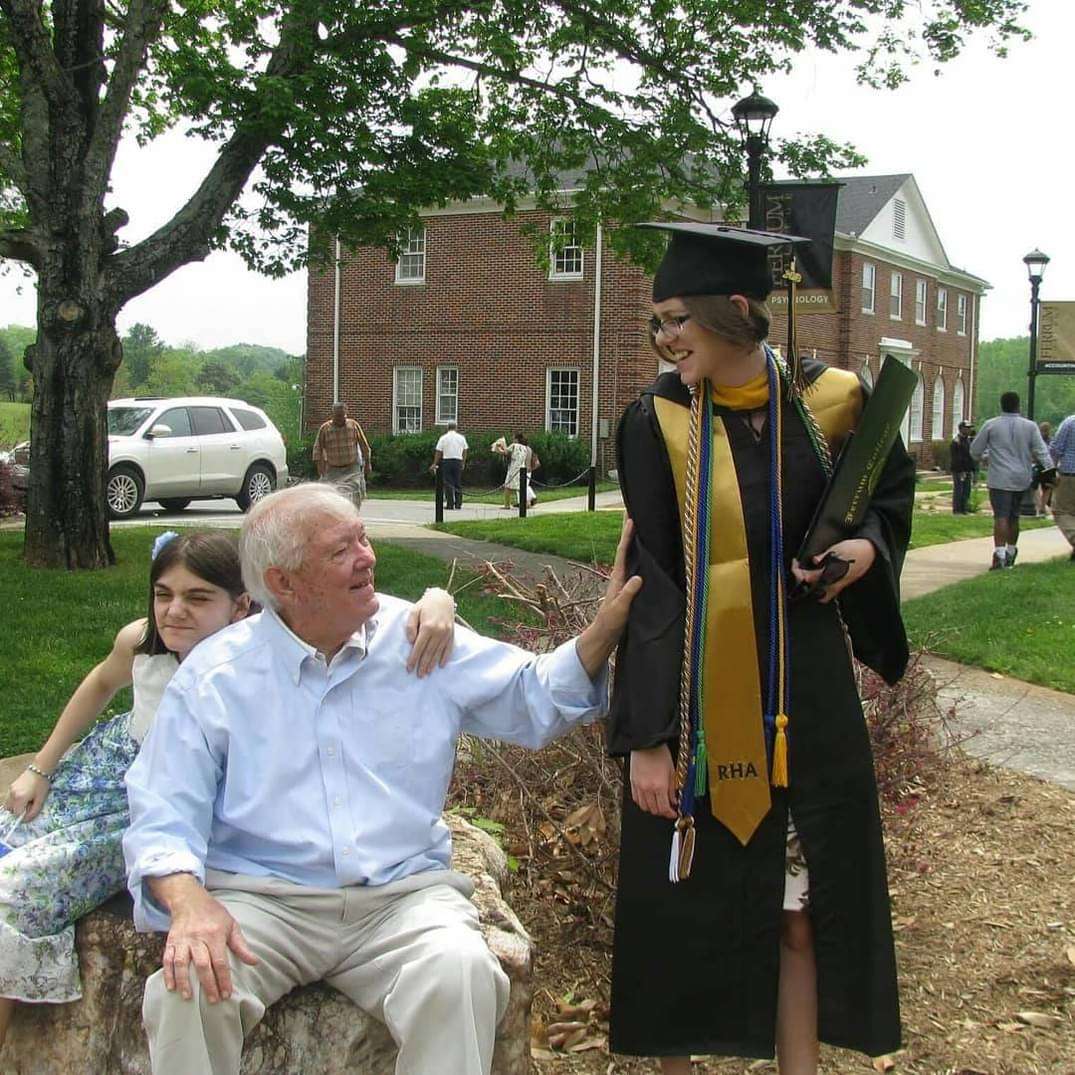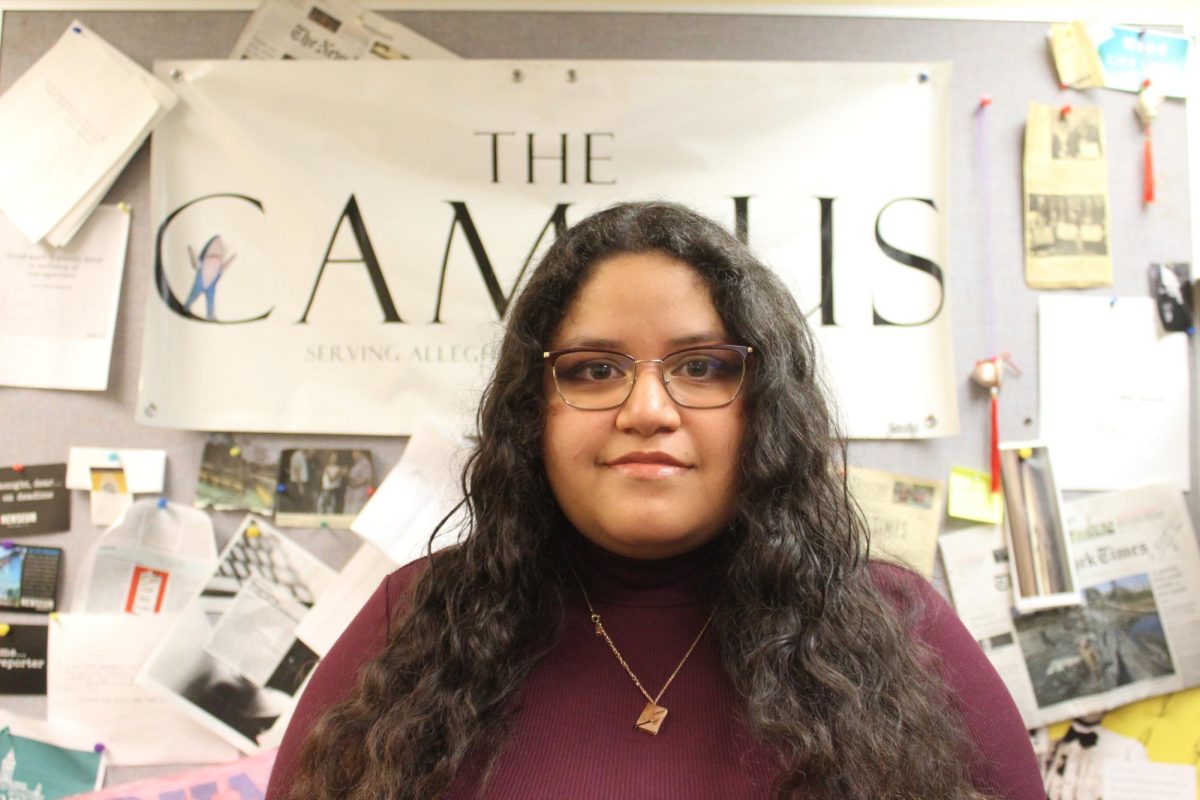By PRANAV ARORA
Columnist
Diversity is a buzzword here at Allegheny. Between high-falutin’ discussions and periodic emails from administration, “talking about diversity” is a steadfast part of Allegheny life. A faction of Allegheny students welcome these efforts by the administration while a larger percentage of students likely have some difficulty grasping the purpose of them.
What is diversity? In its simplest sense, sociological diversity is a range of human experience. Collective differences in life experiences make for a kind of human diversity. Diversity as the Allegheny administration most often utilizes it, however, is best described as a sort of socio-racial compositional diversity.
Compositional diversity is the number that Allegheny seems to boast. About a year ago I received an e-mail from President Mullen informing me that this number was now at 18 percent. That is, the number of students who are not Caucasian Americans was now up two percent since I first started here at Allegheny.
This is surely a shameful statistic if Allegheny is to be compared to big shots like Harvard which rightfully boasts 50 percent compositional diversity or even Penn State which enjoys 27 percent. Allegheny however, is more comparable to Kalamazoo College, DePauw University and Albion College.
Yet among these Great Lakes College Association affiliated schools, an independently conducted 2010 Allegheny College Climate Assessment Report ranked Allegheny in the middle of the list when it came to compositional diversity. More interestingly, however, the report also found that Allegheny ranked close to the bottom when it came to something called “cross-cultural understanding.”
Roughly, cross cultural understanding is the ability for individuals who come from opposite walks of life to engage with each other. What kind of conversation will an international student from Kenya have with an upper middle class Caucasian girl? According to the Climate Report, this conversation does not tend to go well. Since the Climate Report, Allegheny increased its compositional diversity but it does not seem to have tackled the cross cultural understanding problem. This is the Allegheny diversity dilemma. If students from diverse backgrounds are being recruited in the name of compositional diversity, then not being reasonably understood, engaged with, integrated and given the same Allegheny experience as their “non-diverse” peers, there exists a problem.
An indicator of this understanding barrier manifests itself in the all too common racial microaggression. Microaggressions, as defined by MIT’s Mary Rowe, are brief and commonplace indignities, whether intentional or unintentional, that communicate hostile, derogatory, or negative racial slights and insults toward people of color. The idea here is that students of color may feel insulted, but caucasian perpetrators may not understand why, and so very often may not feel obliged to learn why.
Students still may be blind to this amorphous problem. A more conspicuous indicator of this issue is that despite significant improvements in the past few years, the four-year retention rate among minority students is still lower than those of their white counterparts.
Explanations of the difference in retention rates can be attributed to microaggressions, more blatant offenses and even loneliness in the face of being a part of such a narrow group of minority students. Almost all minority students, myself included, have experienced at least one, if not all of these frustrations at some point in their Allegheny careers.
This cross-cultural understanding barrier is a problem that substantiates the need for the Center for Intercultural Advancement and Student Success, the need for community members like Kazi Joshua and valerie guerrero who are better equipped to understand the needs, concerns and frustrations of all marginalized students and the need for Allegheny to “talk about diversity.” Yet despite these resources, the problem still exists.
Allegheny’s administration is incentivized to solve this problem. More harmonious diversity makes for more engaging classes and provides better preparation for students who must continue on into more heterogeneous work environments after Allegheny. Each of these improves the Allegheny student experience and therefore improves the Allegheny postgraduate donation rate and national Allegheny standing.
In 2011, a solution forward was outlined in Allegheny’s Combinations 2020. This was the Board of Trustees’ strategic plan to make Allegheny “among the most distinguished and recognized colleges in America” by 2020. One of the four sections in this plan was titled “Global & Local Diversity.” This section in some ways is a response to the Allegheny cross cultural understanding barrier, however, most minority Allegheny students will tell you much work has yet to be done to reach such a quickly approaching deadline.





